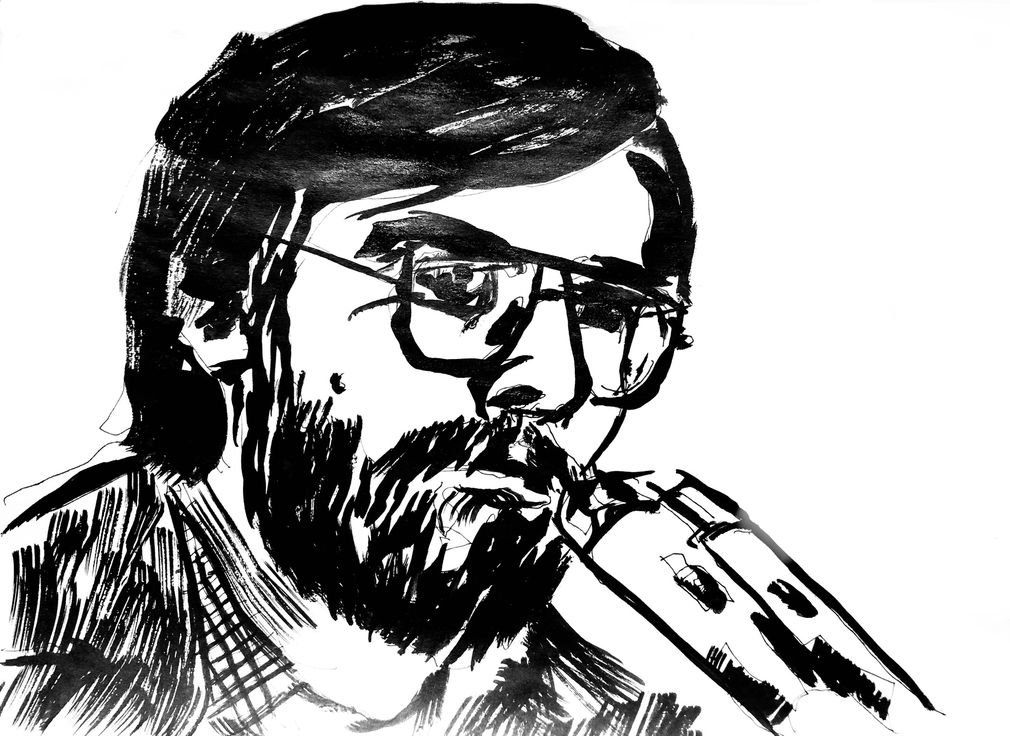Adrian Ruth Williams
THE HORSE'S MOUTH unmasking ideologies of voice
School of Art
To have a voice is to be human. Through it, intention flows from the body like a bridge as we assert ourselves, convey desires, solve problems, share pain, tell stories, and profess love. Philosophy and religion have hailed the voice as an expression of the soul, giving form, albeit acoustic, to the ephemeral, while linguistics and science pin it to physiology. Despite intense study the voice evades the fact of a singular concrete locus. Yet still, we bind it—the utterly unknowable—to notions of truth. Voice is bound to the idea of a particular body as the vocal source. The source itself is inextricably linked to the vocalised message. And when it comes to who it is, where it comes from, identifying the voice within the person, the person within the voice, as both speakers and listeners we are always constructing.
What we think we know from the sound rendered by any given voice is always only that, what we think we know. Could we recognize the contested acoustic markers of race, gender, class, and age from vocal signals and render them simply as indicators of possibility? Can we separate the idea of a body from any given voice? Considering the idiom "straight from the horse’s mouth" (suggesting a messege derived from its indisputable source) as an idea toward verifiable truth, given that voice today is so easily generated in the abstract, algorithmically, mechanically and the like, should we still think of voice in relation to bodies or individuals at all?
In a series of speculative essays The Horse’s Mouth tells a story of voice through public and private events in which the voice travels through bodies, subverting intended reading by altering the vocal source, calling for a gentler bind to fixed vocal ideologies. A bind, that registers the presence of such ideologies while simultaneously inviting their erasure. These instances attend to the mutability of voice—before, during and after the vocal utterance—as a cultural object mediated through bodies in which a multiplicity of persons, histories, and intentions are present both inadvertently and by design. The Horse’s Mouth imagines a rupture in the notion of the individual-body-fixed voice. Glitch-like this split is a place where we exist phantasmagorically within one another while the world we’ve made and continue to make moves through us all, relentlessly.
Associated fields: musicology, philosophy, linguistics, anthropology, sociology, history, and art
Praxis: Research and writing on voice take place in tandem with my artistic practice as I consider the nature of our proprietary relationship to various forms of expression.
Tutors:
Prof. Dr. Juliane Rebentisch
Prof. Dr. Marie-Hélène Gutberlet
Prof. Maria Fusco

Gerry Adams
The voice of Sinn Féin President Gerry Adams was dubbed by actors on television and radio during the British Broadcasting Corporation's voice restrictions from October 1988 to September 1994. The voice ban was imposed on eleven Irish Republican and Loyalist groups based in Northern Ireland, following a period of heightened violence during the Troubles (1960s-1990s).
Vita
Adrian Ruth Williams (b. 1979, Portland, Oregon) is a transdisciplinary artist employing conceptual narrative structures through sound and voice, text, moving image, photography, performance, and installation. Her work revolves in fields both literal and fictitious, exploring the form of the human condition.
Williams received a Bachelor of fine arts from the Cooper Union, New York, and is a Meisterschulerin of the Städelschule, Frankfurt.